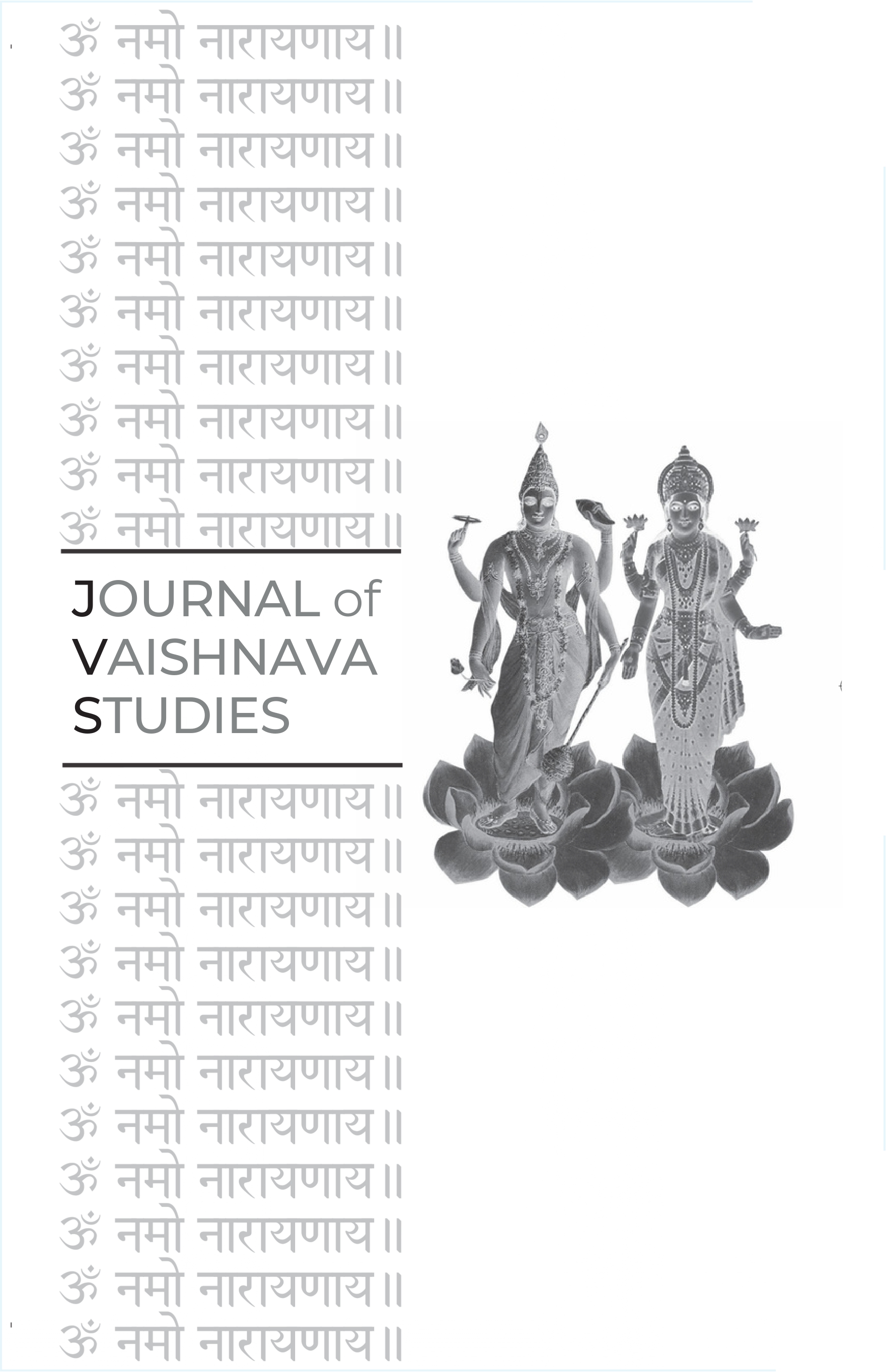A Note on the Buddha and Buddhism From a Vaiṣṇava Perspective
Keywords:
Buddha, Buddhism, Vaiṣṇavism, Avatāra, Daśāvatāra, Viṣṇu, Jayadeva, Gīta Govinda, Puranas, Śrī Vaiṣṇava, Śūnyavāda, Hindu-Buddhist Relations, Divine Deception, Compassion, Tamil BhaktiAbstract
This article explores the ambivalent and evolving relationship between Vaiṣṇavism and Buddhism, particularly concerning the inclusion of the Buddha as an avatāra of Viṣṇu. Beginning with Jayadeva's 12th-century Gīta Govinda and a late 7th/early 8th-century Pallava inscription, which list the Buddha among the daśāvatāras, the essay highlights the curious absence of ritual adoration of the Buddha in medieval Vaiṣṇava temples and domestic practices. It then delves into the Puranic narratives, which often depict the Buddha as an incarnation taken by Viṣṇu to deceive demons and lead them astray from Vedic rituals. The article tentatively suggests that the Buddha's recognition as an avatāra gained traction after Buddhism began to lose royal patronage and Vaiṣṇava influence, notably during the Gupta dynasty in the North and the rise of Tamil bhakti poetry in the South, allowing for a strategic co-option. It contrasts the early Puranic portrayal of the Buddha as a deceiver with later positive depictions by figures like Jayadeva, Vivekananda, and Radhakrishnan, who emphasize his compassion. Finally, the essay examines the Śrī Vaiṣṇava philosophical critiques of Buddhism, particularly the śūnyavāda, as seen in the works of Āḻvārs and commentators like Tirukkurukai Pirāṉ Piḷḷāṉ, demonstrating a continued intellectual opposition despite the theoretical inclusion of the Buddha as an avatāra.Published
2019-12-13
Issue
Section
Articles





